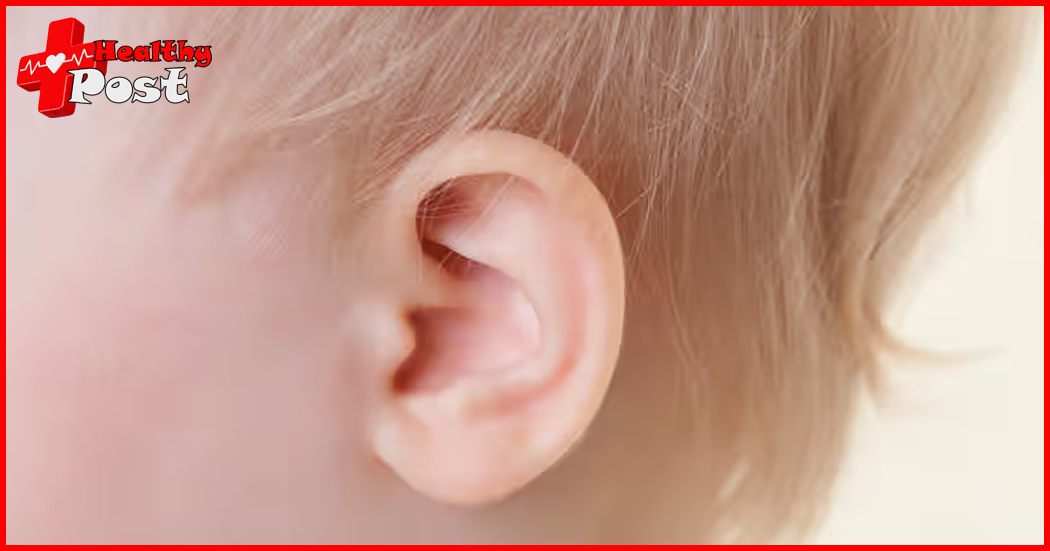
Don’t ignore ear infections in children
What many people don’t realize is that most children will have an ear infection at some point: 5 out of 6 children will have at least one ear infection before they are 3 years old. The reason is that children’s immune systems are immature and their little ears don’t drain as well as adults.
Why are children prone to middle ear infections?
The Eustachian tube connects the middle ear and throat. In children, the Eustachian tube is short and flat. Colds, flu, allergies, etc. can cause the Eustachian tube to swell, and exudate can easily enter the child’s middle ear, providing a good environment for bacteria and viruses to grow and causing infection.
What are the symptoms of an ear infection?
Tingling in a child’s ears is the most telling sign. The child will feel uncomfortable when lying flat, so his sleep will not be stable, and his crying will not be soothed.
Others include: abnormal hearing, fever, fluid leakage from the ears, dizziness, nasal congestion, etc.

Characteristics of ear infections in babies
Infants and young children do not use words to express pain, so the symptoms are relatively insidious.
Most often they will tug on their ears, and sometimes they will just have a weird temper, trouble sleeping, or a poor appetite. Young babies may push away the bottle because the increased pressure during an ear infection makes it difficult for them to swallow.
How is an ear infection diagnosed?
The doctor will use a tool called an otoscope to look inside the ear. Under an otoscope, a healthy tympanic membrane looks clear, gray and slightly pink, while an inflamed tympanic membrane appears red and swollen. When checking mobility, if the tympanic membrane does not move well, it means there is fluid in the ear.
External ear canal infection
An external ear infection occurs when the ears are kept wet for a long time, causing bacteria to breed. Sometimes the child is not swimming, but it can also be caused by poking the outer ear with a cotton swab (or other reasons). If your child feels itching or pain when their ears are touched, especially after swimming, he or she needs to be examined and treated with ear drops under the guidance of a doctor while keeping the ears dry.
How to prevent middle ear infections?
Preventing Colds The main culprit of middle ear infections is the cold, so colds should be avoid as much as possible. The best way is to develop a good habit of washing and washing your hands frequently. Secondly, pay attention to keeping children away from second-hand smoke, getting flu vaccines every year. And breastfeeding for at least 6 months to promote the development of the child’s immune system.
Preventing Allergies Just like colds, allergies can also cause swelling of the Eustachian tube and make the middle ear prone to infection. Therefore, you can consider allergen testing to identify specific allergens and try to avoid contact to reduce allergic reactions. Anti-allergy medications and active immunotherapy can reduce and prevent infections from occurring.
Pay attention to tonsil enlargement. Some children’s pharyngeal tonsils are significantly swollen. Causing obstruction of the Eustachian tube and making the middle ear susceptible to infection. If this happens frequently, tonsillectomy may be consider to provide relief.
Ear infection treatment
Matter One Home Care
When an ear infection occurs, the child uses its own immune system to fight the infection. Parents can use home care to reduce the pain of the child. Such as applying hot towels to the child’s outer ear to relieve pain; rational use of ear drops under the guidance of a doctor to promote recovery from the disease; over-the-counter medications Analgesics and antipyretics such as acetaminophen and ibuprofen can reduce fever and relieve pain; be careful not to give aspirin to children.
Matter 2: Use of antibiotics
Ear infections sometimes get better on their own, so don’t be surprise when your doctor recommends “keep watching.” The more antibiotics we use, the less effective they become, as bacteria become resistant to common drugs. Antibiotics are helpful in the treatment of otitis media. You should trust that your doctor knows best when and how to apply it.
Matter 3: Middle ear tube insertion
For children who have had multiple ear infections. Doctors sometimes place a small tube through the eardrum in the ear to drain accumulated fluid in the middle ear. This can reduce pressure in the middle ear, relieve pain, and help improve hearing.
Repeated ear infections can damage the eardrum, leading to hearing loss, speech problems, and even meningitis.
If your child has multiple ear infections. It is recommend that you take your child to the doctor and have their hearing checked.

